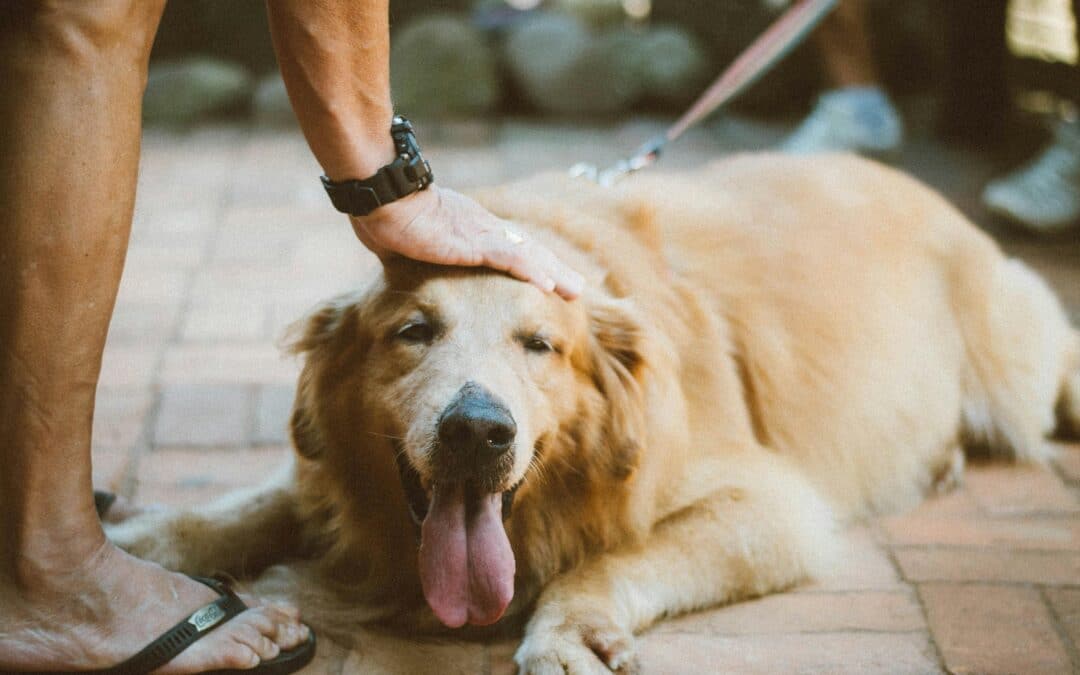How to Train Your Dog Before Bringing Them to a Dog-Friendly Bar: A Guide for Charlotte Dog Owners
Charlotte’s vibrant bar scene is not just for humans anymore. More and more bars in the Queen City are opening their doors to four-legged patrons, allowing dog lovers to enjoy a cold drink without leaving their furry friends at home. But before you leash up your pup and head to your favorite watering hole, it’s essential to ensure your dog is prepared for this new social setting.
As professional dog trainers at Sally Said So, we understand the importance of setting your dog up for success in any environment, especially one as stimulating as a busy bar. For those that enjoy the Charlotte social scene, here’s what you need to know to make sure your dog is well-behaved, comfortable, and safe when you take them out for a drink.
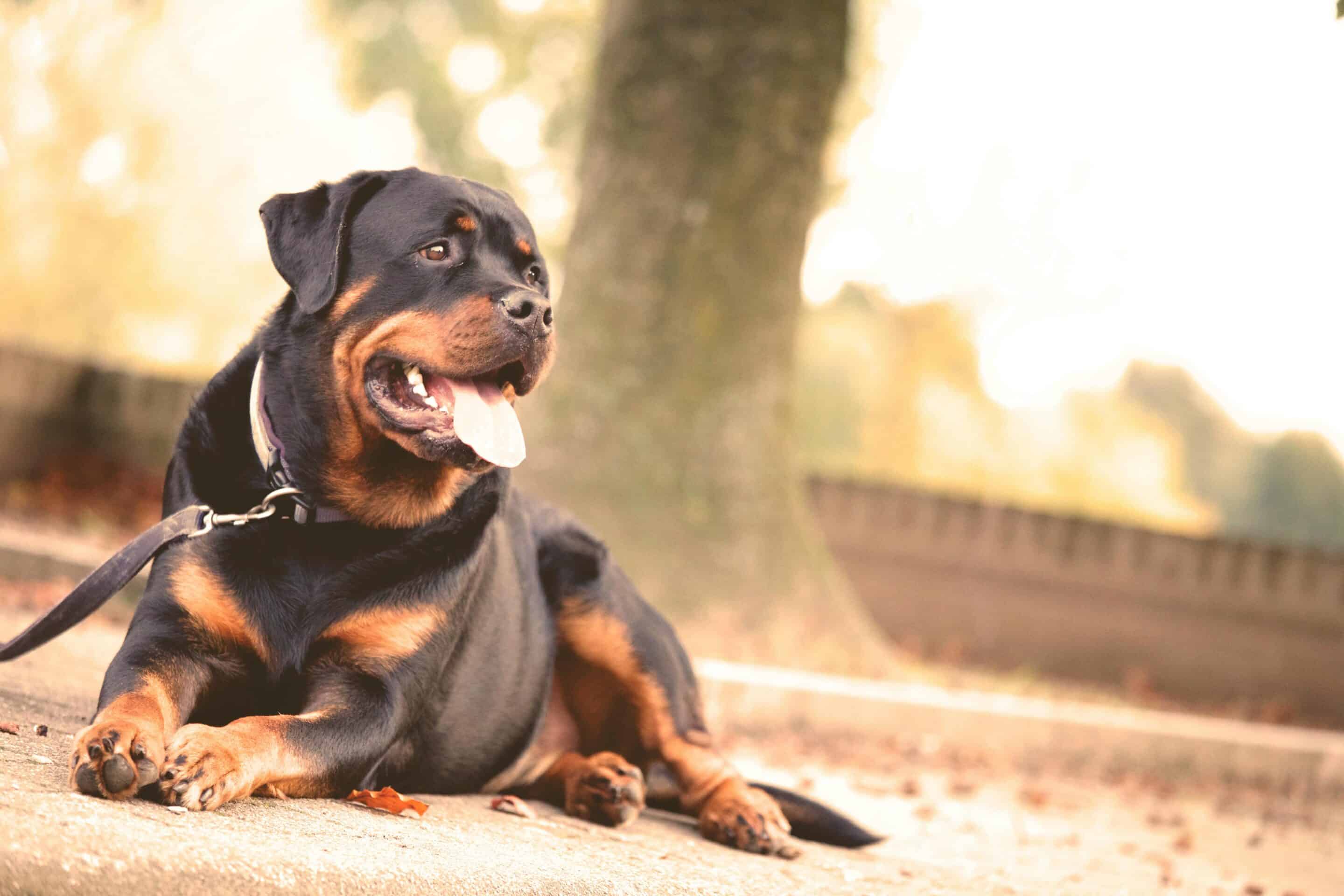
Dog-Friendly Bar Basics
Basic Obedience Is Non-Negotiable
Before heading to any dog-friendly bar, your dog needs to have a solid foundation in basic obedience. This includes commands like sit, stay, come, and leave it. These commands are crucial in a bustling bar environment where distractions are everywhere, from clinking glasses to unfamiliar faces to food on the ground.
A well-trained dog should be able to:
- Sit calmly at your side: Teaching your dog to stay in a sit or lie down while you enjoy your drink is key. A dog that constantly paces, pulls, or tries to jump on other patrons can quickly become a nuisance.
- Respond reliably to recall: Whether you drop the leash or your dog gets distracted, you want to be able to call them back to you without hesitation. Practicing recall in various environments before heading to the bar ensures they’ll listen when it matters.
- Ignore distractions: Bars are full of tempting temptations—other dogs, children, food scraps, and new smells. A dog that knows leave it will be better equipped to avoid conflicts or unwanted behavior.
Charlotte offers a lot of great spots to practice these skills in public parks before transitioning to a bar setting. The more your dog is exposed to different environments while maintaining good behavior, the more comfortable they’ll be at the bar.
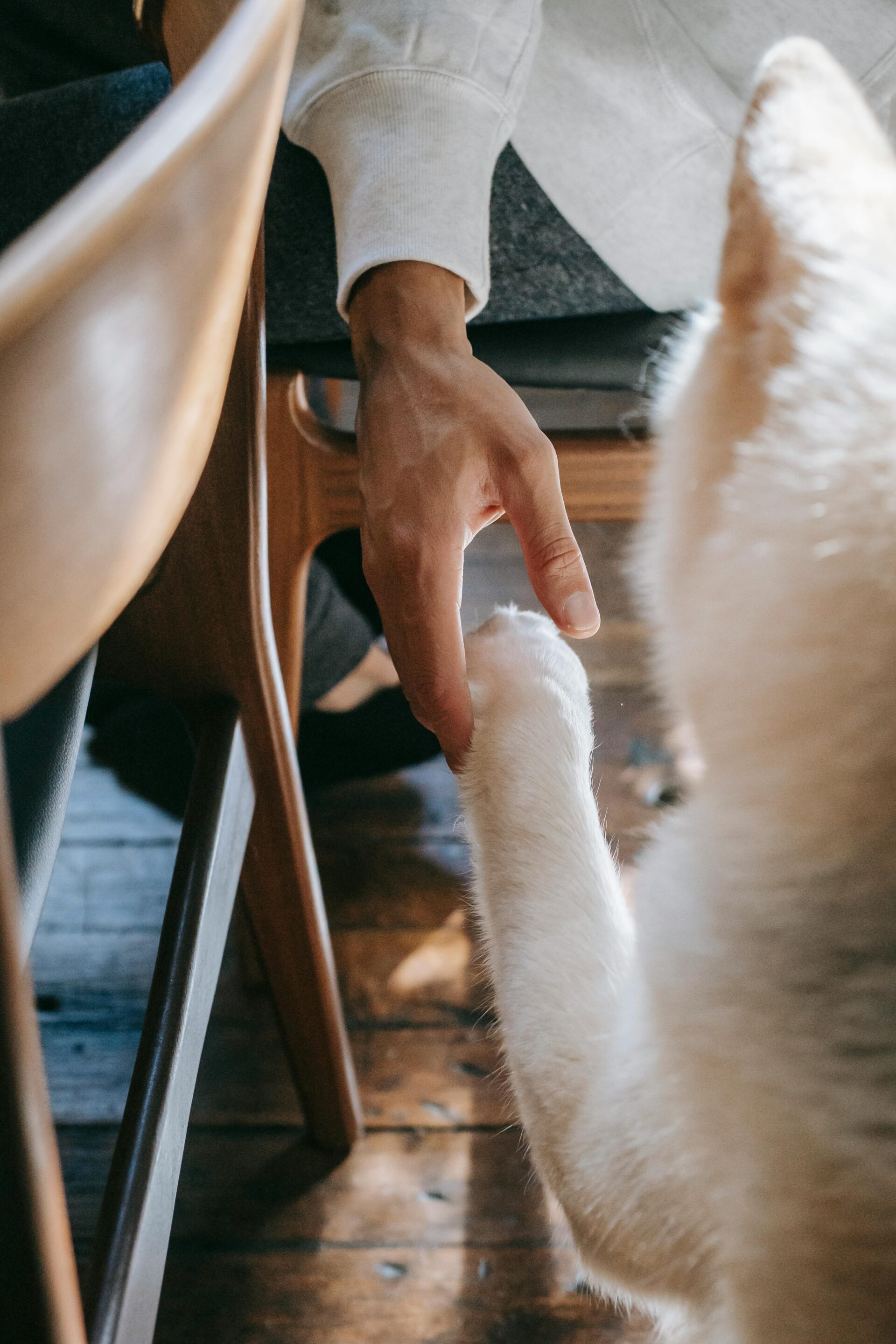
Socialization Skills Are a Must
Socialization is a critical component of your dog’s development, and it becomes even more important when bringing them into social settings like bars. Your dog should be comfortable around people, including strangers as well as other dogs.
When training your dog for a bar outing, pay attention to:
- People of all kinds: Bars often attract a diverse crowd, with occasional groups becoming loud and rambunctious. Your dog should be used to being petted by strangers or simply ignoring them. Make sure your dog has been exposed to different types of people and is not startled by sudden movements or loud voices.
- Other dogs: Dogs in bars may be off-leash or leashed at various points. If your dog isn’t friendly or becomes overly excited around other dogs, it might not be the right time to bring them to a bar. Our professionals can help prepare them for encountering other dogs.
- Children: Even in a bar setting, children might be present. Make sure your dog is used to being around children and doesn’t react negatively to quick movements, high-pitched voices, or unintentional rough handling. Unattended children can dash up to dogs without their parents’ permission. Make sure your dog is prepared for this possibility.
Leash Manners and Small Spaces
Bars can be cramped, and there’s often not much room to move. Your dog should understand how to behave on a leash, particularly in tight spaces. When you take your dog into a dog-friendly bar, they should be able to:
- Walk calmly on a loose leash: In a crowded environment, you don’t want your dog pulling or weaving through tables and chairs. A leash ensures they’re close to you and safe.
- Respect personal space: Not everyone in a bar is a dog lover, and it’s essential that your dog respects the personal space of others. Train them to stay close to you without invading others’ space, especially those enjoying a drink or meal.
- Stay in place: You may not have much room at your table or the bar, so it’s important your dog is trained to sit or lie down in a designated spot and stay there. You can use a mat or blanket to signal to your dog where they should remain during your visit. To save space, you can even train your dog to tuck in underneath your seat.


Teach Your Dog to Be Calm in Crowds
Bars, especially in popular areas of Charlotte like NoDa or South End, can get crowded. Your dog should be comfortable with noise, movement, and large groups of people. If your dog gets anxious or excited in crowds, they may struggle in a busy bar environment.
Here’s how you can help prepare your dog:
- Gradual exposure: Start by bringing your dog to quieter places with fewer people and slowly build up to busier environments. This could include outdoor patios at restaurants or dog-friendly coffee shops before advancing to dog-friendly bars.
- Desensitization: Help your dog get used to noises like clinking glasses, loud conversations, and sudden laughter. Playing sounds at home and gradually increasing the volume can help desensitize your dog before bringing them to a real dog-friendly bar.
- Positive reinforcement: Reward calm behavior in busy settings. Bring treats and reward your dog for staying relaxed and well-behaved in a bustling environment.
Potty Breaks and Public Etiquette for Dogs
While bars don’t have specific rules for dogs beyond what’s legally required (like leash laws), it’s up to you as a responsible dog owner to ensure your dog is following the unspoken rules of bar etiquette.
- Plan for potty breaks: Your dog may need to relieve themselves while you’re at the bar. Scout out nearby grassy areas or dog-friendly places where you can take them for a quick break. Make sure your dog is well house-trained and doesn’t mark territory inside the bar.
- Bring the essentials: Always have poop bags, a portable water bowl, and some treats on hand. Keeping your dog hydrated and satisfied will help reduce anxiety and ensure a positive experience for both of you.
Know When to Call It a Day
Even if your dog is perfectly trained, remember that all dogs have their limits. Some dogs might become overstimulated or stressed in this busy environment, especially for extended periods.
Watch for signs that your dog might need to leave, such as:
- Excessive panting or whining
- Restlessness or pacing
- Trying to retreat under tables or away from people (aka avoidance)
If your dog is showing any of these signs, it’s best to call it a day. The goal is to make sure your dog has a positive experience, not to force them into a situation they aren’t comfortable with.
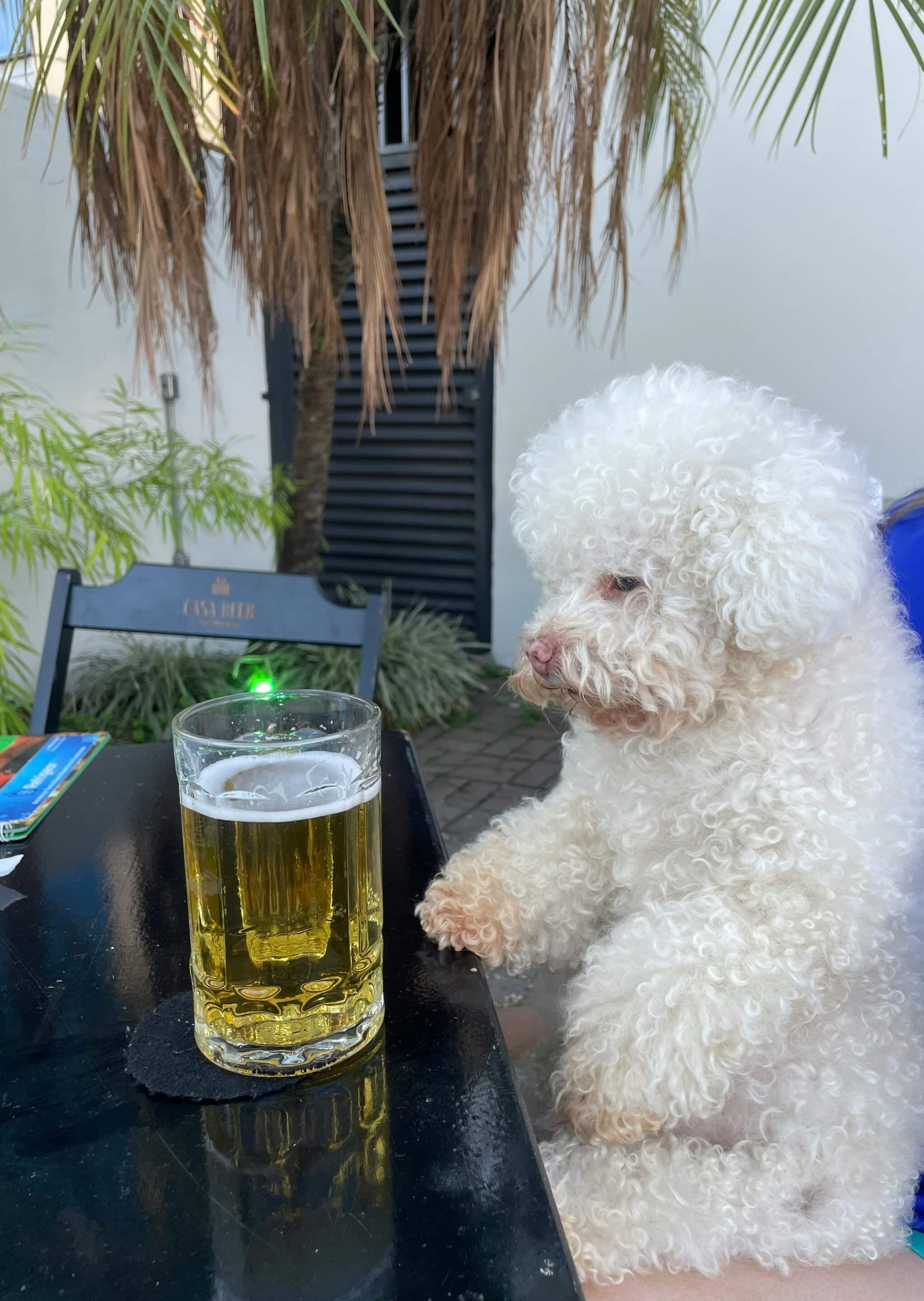
Find Dog-Friendly Bars in Charlotte
Luckily, Charlotte has plenty of dog-friendly bars and breweries where you can test your dog’s new skills. Some popular spots include:
- The Dog Bar: This NoDa hotspot is practically designed for dogs and their owners, with an off-leash dog area and plenty of outdoor space.
- Skiptown: Located off Rampart St., this dog-friendly hangout offers a bar and outdoor play areas, plus boarding, grooming and day care.
- Lucky Dog Bark & Brew: This unique bar with multiple locations has indoor and outdoor spaces for dogs to play while their owners relax with a drink.
By ensuring your dog is well-trained and ready for a social setting, you can make your trip to the bar enjoyable for everyone involved.
At Sally Said So, we specialize in helping dogs master the skills they need to navigate these types of environments.
Whether you need help with basic obedience, socialization, or specific leash training, we’re here to support you and your pup every step of the way.
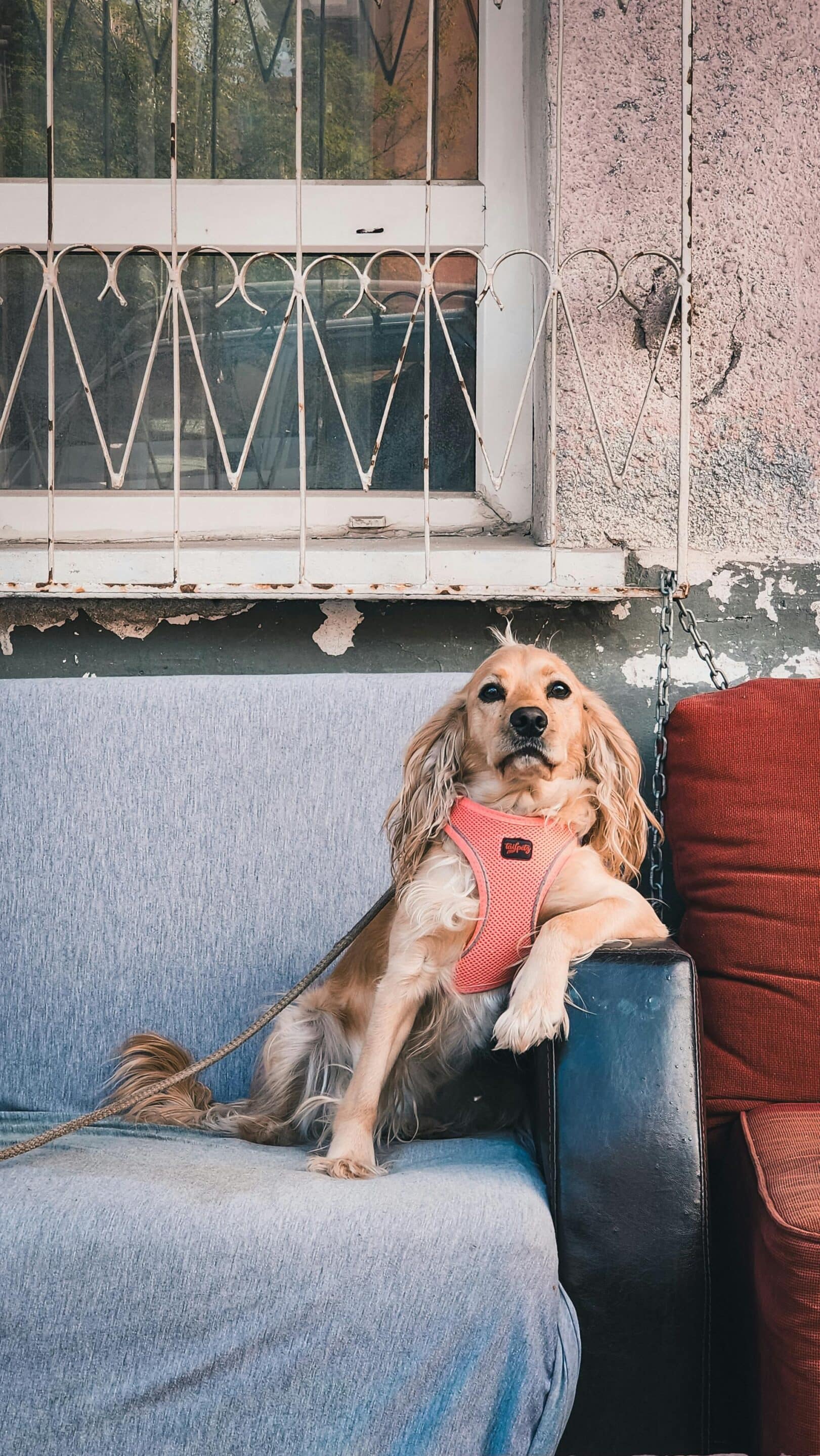
Contact Us
What Sets Sally Said So Apart?
We’ve been successfully helping dogs and owners resolve miscommunication and behavioral issues since 2009. We believe there are no bad dogs, just poor communication. We find that private dog training at the start of the process works since dogs and owners learn best in low-distraction environments. Once they have the training tools they need, we bring them into the real world. In our premier programs, we commit to your dog for their life which ensures you always have the support you need.
Sally Said So’s mission is to help more dogs by educating dog owners, supporting dog rescue, and empowering veterinary professionals across our state.

